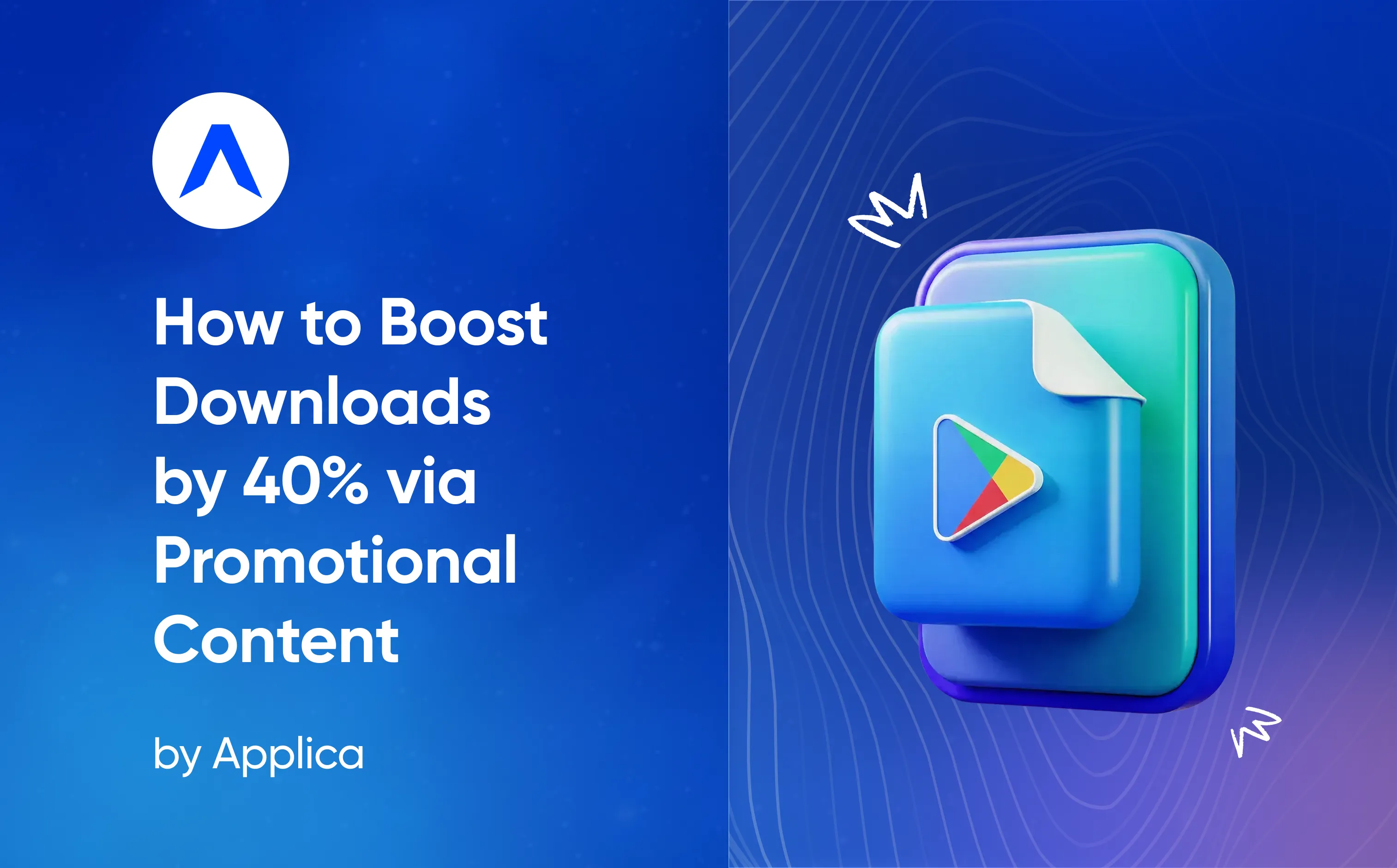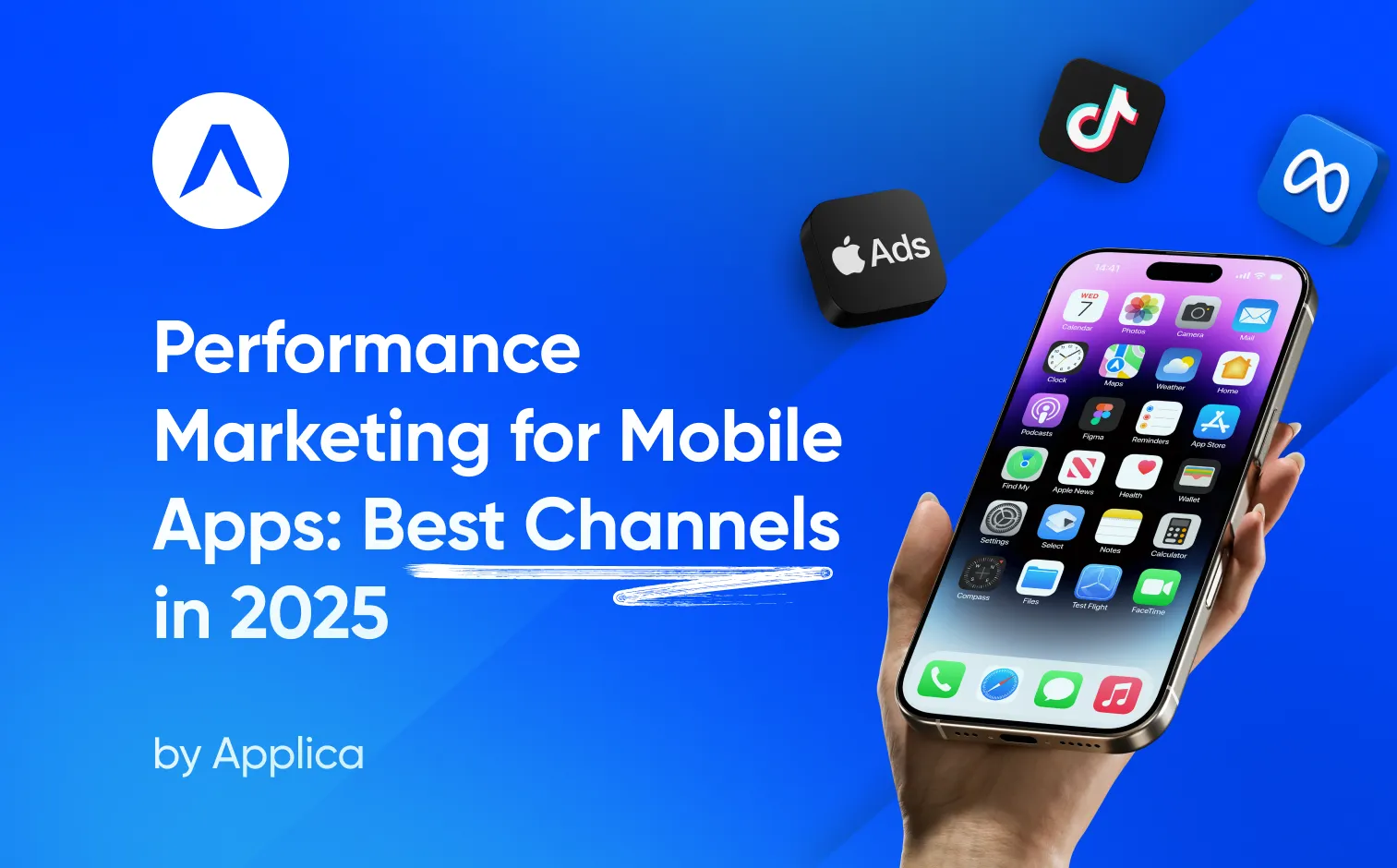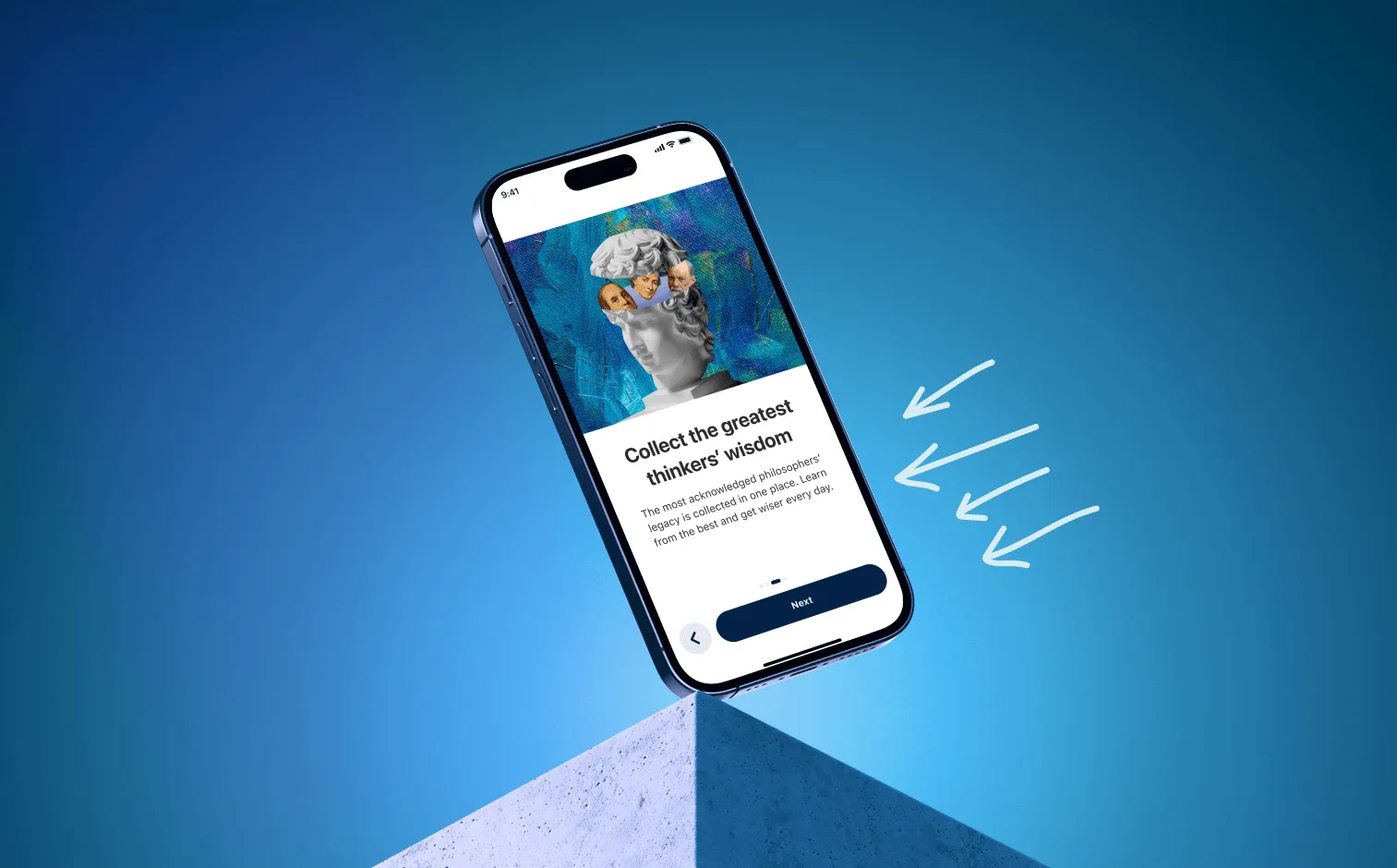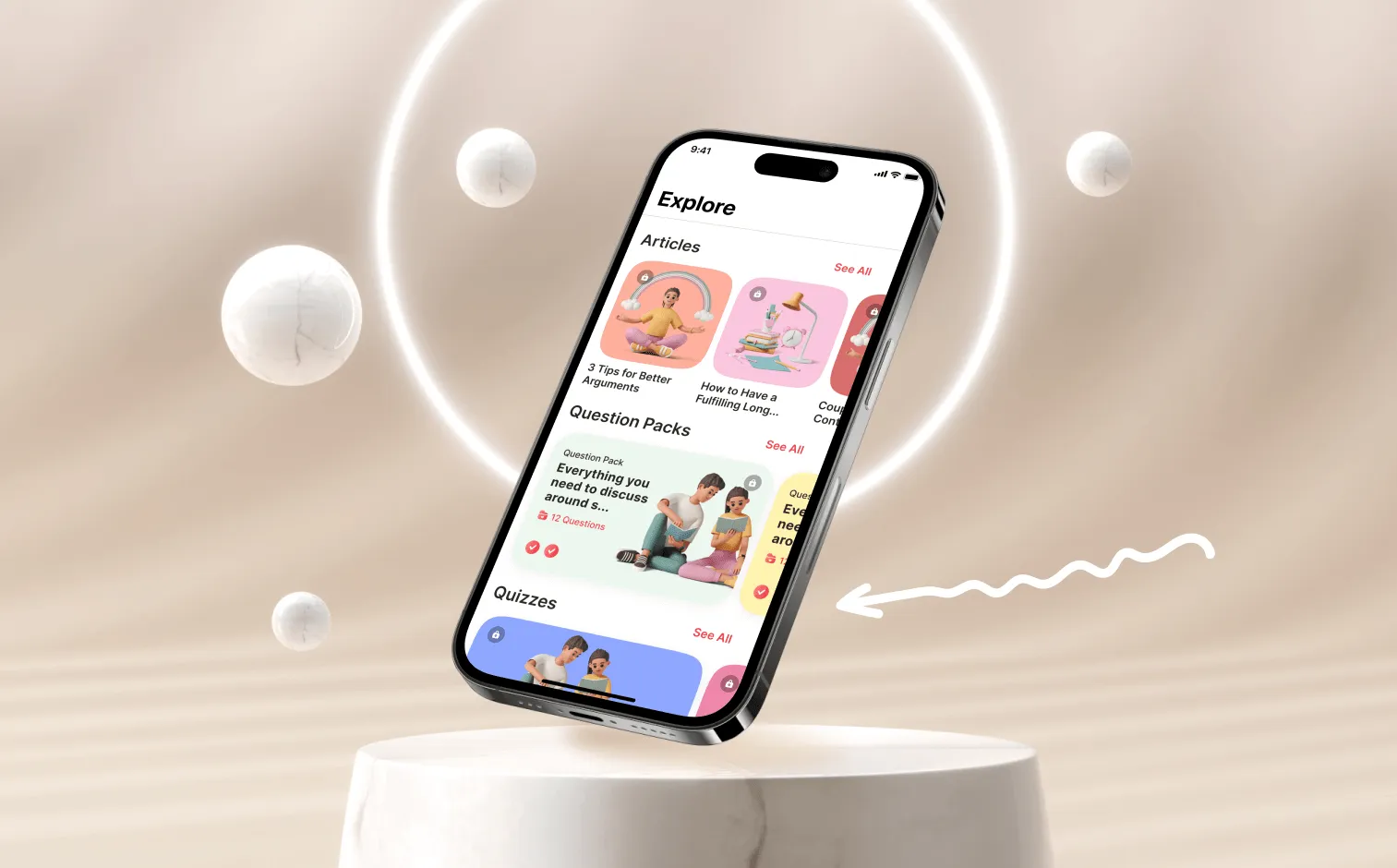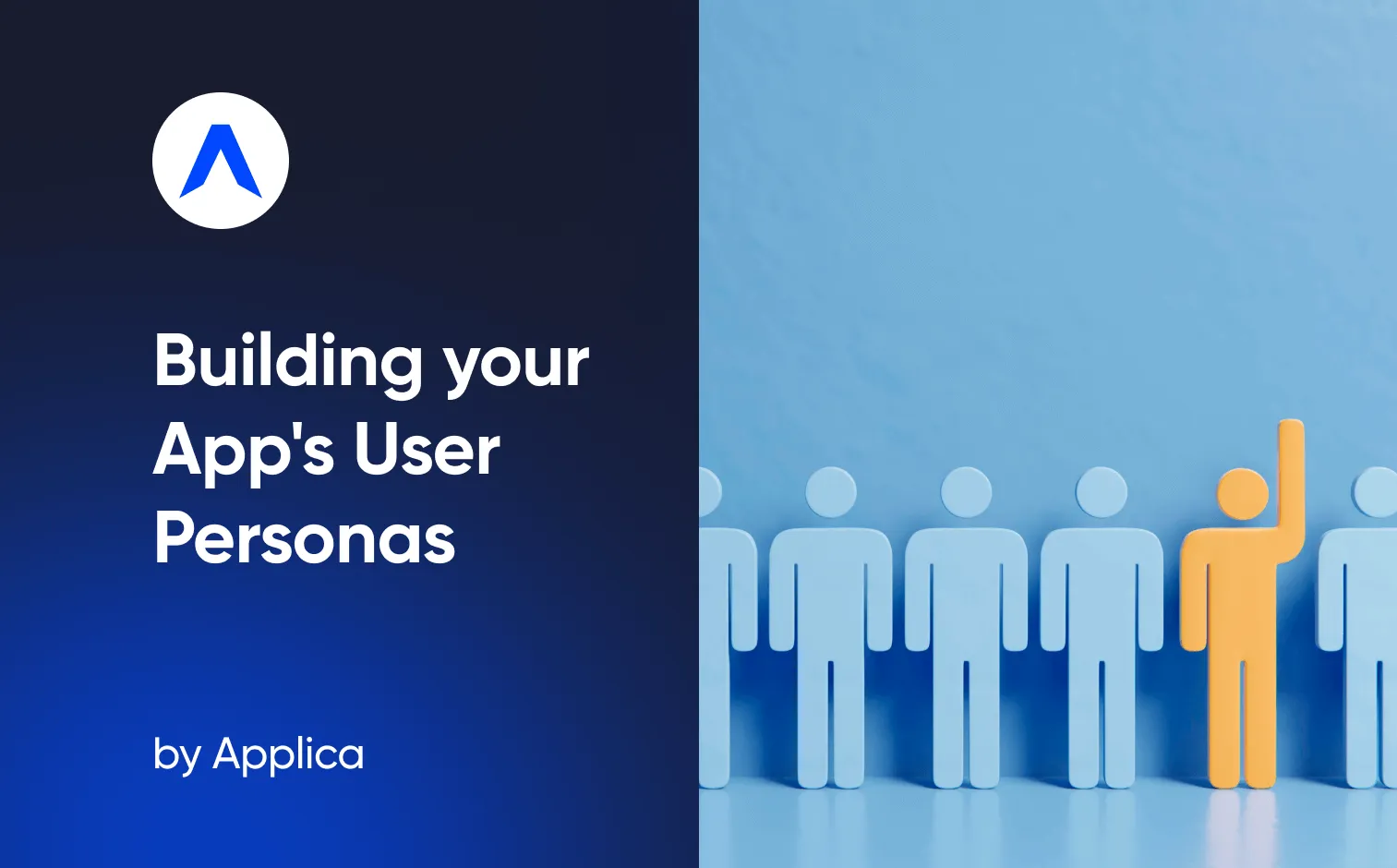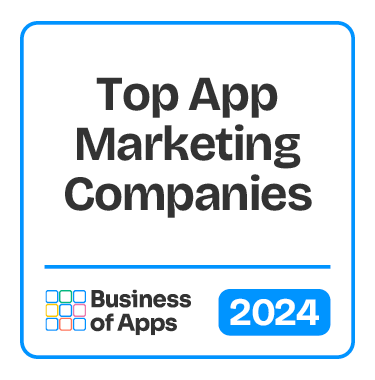What Exactly is an Aha Moment?
An Aha moment in an app is the moment when a user has a sudden realization or breakthrough about how to use the app or how it can be beneficial to them. It is the point when all the pieces of the puzzle come together and the user is able to fully understand the app’s capabilities and how it can meet their needs. Aha moments can be incredibly powerful, as they often lead to users being much more engaged with the app and actively using it. This, in turn, increases user retention and satisfaction, which are key metrics for app developers. Achieving an Aha moment in an app can be a challenge, but it is something that developers should strive for — as it can have a significant and lasting impact on the success of the product.
Your "aha" moment should ideally occur when people use your product for the first time, typically during onboarding.
User looks for value in your product when they first subscribe to it by looking for it to meet an urgent need. They typically have some concept of the value that will be provided, and if your marketing and message are successful, they will already be aware of your key selling point before using your product.
Their "aha" moment occurs when they finally understand how much they can gain from using your software. While some people feel this moment more consciously than others, it does happen occasionally. In any case, the "aha" moment is what flips a user from evaluating to activating. Additionally, it frequently distinguishes between loyal users and users that churn.
The Aha Moment's Impact on Your Retention
It's crucial for a consumer to experience that moment when everything clicks for them and they realize how your product can help them. These users are more likely to keep using your product in the future. They continue to utilize your product since it alleviates their existing problem.
What occurs then when the Aha moment of Aha Moment meaning is unclear?
It typically indicates that there is no longer a compelling cause for people to stay. With new apps, this is clear. Each and every new app has the same issue. At first, a lot of people register. 95% of those that sign up for Android apps leave their user status after 90 days, thus they don't stick around.
Think twice if you're saying to yourself, "Well, that's just apps on the App Store." It's not much better in the SaaS sector. In actuality, between 40 and 60 percent of consumers who sign up for a free trial of your software or SaaS program will use it just once and then abandon it. Ouch!
How Retention Works in Apps
Retention in mobile apps refers to the number of users that continue to use the app over a given period of time. It is a key metric used by app developers to measure the success of their product. The higher the retention rate, the better the app is performing.
It is tracked by measuring the percentage of users that return to the app over a certain period of time. This is usually measured in days, weeks, or months. App developers use this data to identify user engagement patterns and identify areas of improvement.
Retention is affected by a variety of factors, such as the app’s user interface, user experience, content, and marketing. App developers can use retention data to determine which features users are engaging with, and which features need to be improved. They can also use this data to identify areas of improvement in their marketing strategy and optimize their campaigns.
In addition to tracking retention, developers can use this data to measure user lifetime value (LTV). This metric helps developers understand the long-term value of their app and its users. By tracking user LTV, developers can better understand the cost of acquiring new users and the potential profit that can be made from existing customers.
How the Aha Moment Feels to Users
Users return frequently because of the Aha moment. Users commit to a product when they understand its Aha moment. An aha moment meaning is when users recognize the real value in your product for them, which makes the selling process much simpler overall.
Users typically love you when you provide them with an "Aha!" moment and help them solve a problem. The aha moment for app users is an exciting and rewarding experience. It is the moment when an app user realizes the value and potential of the app. It is often characterized by a sudden, unexpected insight or realization. It is a moment of clarity and understanding when the user sees the app’s potential and how it can help them achieve their goals.
The aha moment is often described as a sense of clarity and understanding that comes suddenly, almost as if a light bulb has gone off in the user's head. It is a moment when the user intuitively gets what the app can do and how it can help them.
The aha moment is an incredibly powerful experience for app users. It creates an emotional connection between the user and the app and often results in increased loyalty and engagement. It also helps the user to understand the potential of the app and encourages them to explore more features and use cases.
How to Find the Aha Moment for Your Product
If you don't know where to start searching, it might be challenging to identify the precise moment when you introduce a new user to your product and they "aha!" Utilize the information you already have, especially your user analytics and user comments.
You can learn which set of actions or behaviors correspond to that value discovery by doing this. And once you discover a strong association, you can make strategic adjustments to encourage more people to adopt those "aha" moments.
Identify Patterns in User Data
- Analyze App Usage: Start by examining how users interact with your app on a daily basis. This includes the number of new users, active users, and returning users, as well as the levels of engagement with the app. Look for patterns in the data and note any changes in user behavior over time.
- Identify User Segments: Group users into segments based on their behavior to identify trends in user behavior. This could be based on demographics, behavior, or any other criteria that is relevant to your app. By segmenting users, you can see which groups are more engaged or less engaged with the app.
- Analyze User Journeys: Track how users interact with the app to see how they move through the app over time. Identify patterns in user journeys, such as where they start and end, and where they spend the most time. This can help you identify what areas of the app are working well, and which could be improved.
- Track In-App Actions: Monitor the actions that users perform within your app, such as viewing content, making purchases, or completing tasks. This can help you understand how users interact with the app, and which features are used the most.
- Monitor User Feedback: Keep track of user feedback, such as reviews and support tickets, to identify any common themes. This can help you understand what users are looking for in the app, and what areas need improvement.
- Analyze User Retention: Monitor user retention rates to see how many users are returning to the app over time. Identify any patterns in user retention and use this to optimize your app and improve user experience.
Reach Out to Your Active Users
- Analyze Your Data: Take a look at the data you have on your active users and identify trends in their usage of the app. Look for clues in their behavior that will help you understand who they are and what they need from your app.
- Connect with Your Active Users: Reach out to your active users and let them know that you’re interested in their feedback and opinions. Ask them questions about their experience using the app and what features they like or don’t like.
- Develop a Special Offer: Create a special promotion or offer that your active users can take advantage of. This could be a discount on a particular feature or a free upgrade. Offering something specific to active users can encourage them to keep using the app and potentially encourage others to join.
- Send Personalized Messages: Personalize your messages to your active users by including their names and offering them individualized support. This will show that you value their feedback and that you’re listening to their needs.
- Follow Up: Keep in touch with your active users and let them know about any new features or updates that may be of interest to them. Ask them for their feedback and continue to build a relationship with them.
Reach Out to Your Churned Users
- Analyze customer data to understand the causes of churn. Use surveys and customer feedback to identify areas of improvement.
2. Reach out to churned users with personalized messages. Personalized messages are more likely to be effective than generic messages.
- Offer incentives and discounts to encourage churned users to come back. This could include discounts on subscriptions or a free trial period.
- Use loyalty programs and rewards to increase retention. Rewards can be based on usage, milestones, or referrals.
- Implement a customer feedback loop. Use customer feedback to improve the user experience and address any issues that could be causing users to churn.
- Utilize social media platforms to engage with churned users. Post content, surveys, and polls to keep them engaged and informed about the app.
- Offer customer support and address any issues that churned users may have.
- Follow up with churned users after a few weeks or months with a targeted message. This could be a new feature or a special offer.
- Analyze customer data to understand the user's journey and identify any pain points that could be causing churn. Address these in the product.
- Set up automated email campaigns targeting churned users. These emails should be tailored to the user's interests and needs.
Run Tests With Potential Behaviors
- Identify User Behaviors: Start by identifying how users might interact with your app. What actions do you expect them to take? Are there any unexpected behaviors you might want to test?
- Set up Test Scenarios: Based on the identified user behaviors, create test scenarios that simulate user interactions with your app. Include different types of users and devices in your scenarios.
- Identify Test Metrics: Create metrics to measure the success of the test scenarios. These metrics should be measurable and specific. Examples include time to complete a task, number of clicks to complete a task, or task completion rate.
- Create Test Cases: Create test cases that cover each of the scenarios and metrics identified. Each test case should be specific and should include the expected result.
- Implement Tests: Implement the tests in a test environment and measure the results. Analyze the results and identify areas for improvement.
- Analyze Results: Analyze the results of the tests to determine if they are successful. This will help you understand how users interact with your app and identify potential problems.
- Refine Tests: If needed, refine the tests to ensure that they are testing the correct user behaviors and metrics.
- Iterate: Iterate on the tests to ensure that they continue to reflect the latest user behavior and device trends.
How to Polish Up Your Aha Moment
An app's aha moment can be improved by creating an interface that is intuitive and easy to understand. By providing helpful tutorials, clear instructions, and interactive elements, users can quickly become familiar with the app's features and understand the value it can bring to their life. Additionally, features should be designed to draw users in and be easily accessible, allowing them to find the value in the app quickly and easily.
Work With Your Users' Preferences
- Provide users with a range of options: Allow users to customize their experience by providing them with a range of options for customization. This could include options for color schemes, notification settings, layout preferences, and more.
- Offer flexibility: Make sure that users can easily change their preferences at any time. Offer users the ability to quickly and easily update their preferences as their needs change.
- Keep preferences consistent: Whenever possible, keep user preferences consistent across different devices. This will make it easier for users to remember their preferences and will ensure a consistent experience no matter what device they are using.
- Make preferences easy to find: Make sure that users are able to easily locate their preferences. This could include providing an easily accessible “Settings” menu or a dedicated section for user preferences.
- Test and refine: Test user preferences to ensure that they are working as expected and refine them as needed. This will help to ensure that users are able to customize their experience in the way that works best for them.
Try Segmentation For New Users
- Define User Personas: Start by defining user personas based on the demographic information you have collected, such as age, gender, location, language, or interests. This will help you create targeted content and messaging.
- Identify User Goals: Once you have the user personas, identify the goals of each persona. What are the user’s desires and motivations? What are they trying to achieve?
- Track Usage Patterns: To gain additional insights, track usage patterns. Analyze which features they are using and how often, which pages they are viewing, and what content they are consuming.
- Use A/B Testing: To validate the decisions you’ve made about user segmentation, use A/B testing to compare the performance of different segments and refine the targeting.
Reach Out For Custom Aha Moment Solutions
Turning your what-ifs into users’ ahas can require a more personalized approach. Contact us for custom aha moment solutions.




